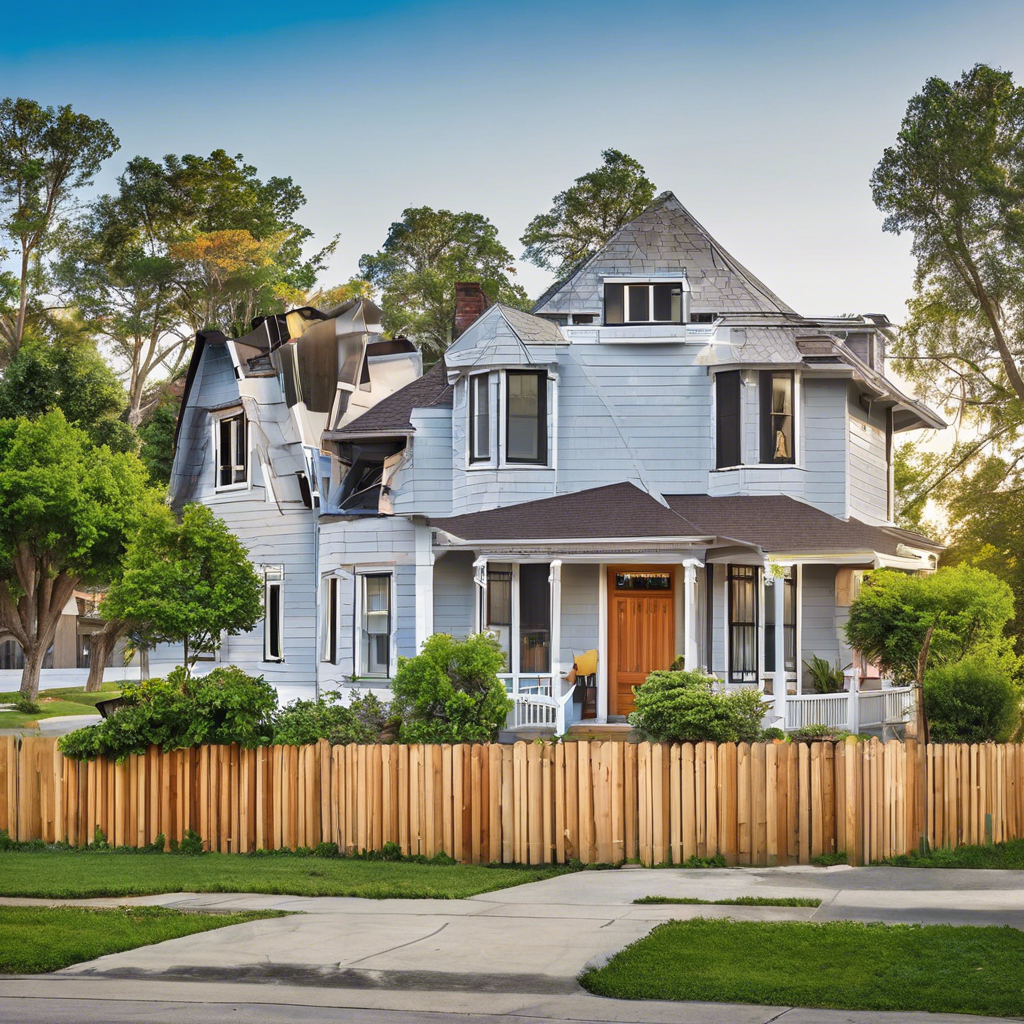Flipping real estate has become a lucrative investment strategy for those who understand the process of buying, renovating, and selling properties for profit. With the right approach, fixer-upper homes can yield substantial returns, but success requires a solid strategy, careful budgeting, and market awareness. Understanding the key elements of real estate flipping can help investors maximize their profits while minimizing risks.
The first step in house flipping is finding the right property. Investors should look for distressed homes that are priced below market value, often due to foreclosure, neglect, or outdated conditions. These properties can be found through real estate listings, auctions, or direct negotiations with motivated sellers. The key is to focus on location, as homes in desirable neighborhoods with strong resale demand tend to offer better profit potential. Analyzing local market trends, crime rates, school districts, and employment opportunities can provide insight into whether a property is worth the investment.
Once a property is identified, investors must conduct a thorough financial analysis. This includes calculating the purchase price, renovation costs, holding expenses, and estimated resale value. The 70% rule is a common guideline used by flippers—it suggests that an investor should pay no more than 70% of the property’s after-repair value (ARV) minus repair costs. For example, if a home’s ARV is $300,000 and renovations cost $50,000, the maximum purchase price should be $160,000. Sticking to this rule helps ensure a profitable margin.
Securing financing is another critical aspect of house flipping. While some investors pay in cash, others rely on mortgage loans, hard money loans, or private investors. Hard money lenders offer short-term loans based on property value rather than credit scores, making them a popular choice for flippers. However, these loans often come with high interest rates and short repayment periods, so careful planning is essential. Investors should also budget for carrying costs such as property taxes, insurance, and utilities, as holding onto a property for too long can eat into profits.
Renovation is where the true transformation happens, but it must be approached strategically. The goal is to improve the home’s appeal while keeping costs under control. Focusing on high-impact upgrades like kitchens, bathrooms, flooring, and curb appeal can significantly boost a property’s value. However, over-improving beyond neighborhood standards can lead to diminishing returns. Hiring reliable contractors, obtaining necessary permits, and creating a realistic timeline can help ensure a smooth renovation process.
Marketing the flipped home effectively is crucial for a quick and profitable sale. Staging the property, taking professional photos, and listing it on multiple real estate platforms can attract potential buyers. Hosting open houses and working with experienced real estate agents can also increase exposure. Pricing the property competitively based on market analysis rather than emotional attachment is essential for securing a fast sale. If a property sits on the market for too long, investors may have to reduce the price, cutting into potential profits.
One of the most common mistakes new flippers make is underestimating renovation costs. Unexpected repairs such as plumbing issues, electrical problems, or structural damage can quickly add up. Building a contingency budget of at least 10–20% of the estimated renovation cost can help cover unforeseen expenses. Additionally, failing to account for closing costs, real estate agent commissions, and capital gains taxes can significantly reduce profit margins.
Another major pitfall is misjudging the market. A strong housing market can turn a quick profit, but economic downturns or rising interest rates can slow demand and reduce home values. Conducting thorough research, understanding seasonal trends, and having an exit strategy—such as renting the property if it doesn’t sell immediately—can help mitigate risks. Networking with experienced investors, attending real estate seminars, and staying updated on industry trends can also provide valuable insights for long-term success.
Timing is everything in house flipping. The longer a property remains unsold, the more money an investor loses on holding costs. That’s why speed and efficiency are essential during the renovation and selling process. Partnering with reliable contractors, avoiding unnecessary delays, and having a strong marketing plan in place before renovations are completed can help ensure a quick turnaround. Many successful flippers aim to buy, renovate, and sell within three to six months to maximize profits.
Despite the challenges, flipping houses can be an incredibly rewarding investment strategy. It offers the potential for high returns, hands-on involvement in real estate, and the satisfaction of transforming distressed properties into beautiful homes. However, success requires careful planning, financial discipline, and a willingness to adapt to market conditions. By choosing the right properties, budgeting wisely, managing renovations efficiently, and executing a strong selling strategy, investors can turn fixer-uppers into profitable ventures.

